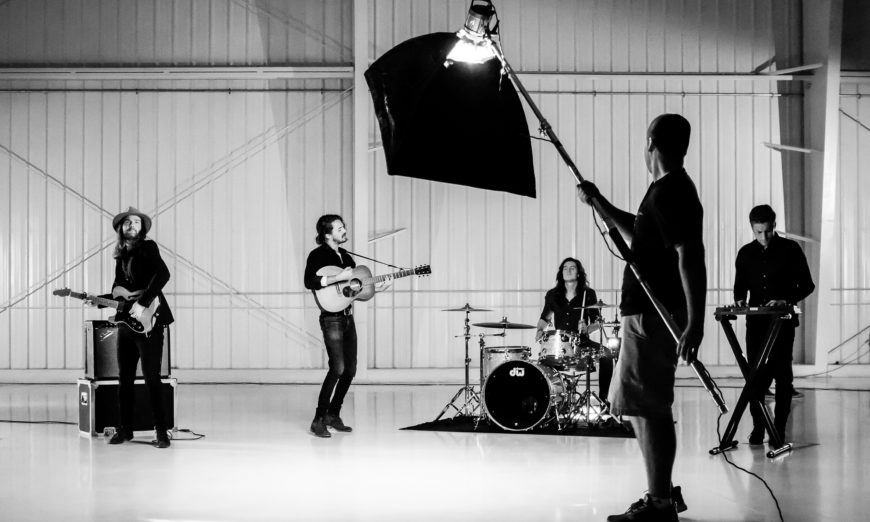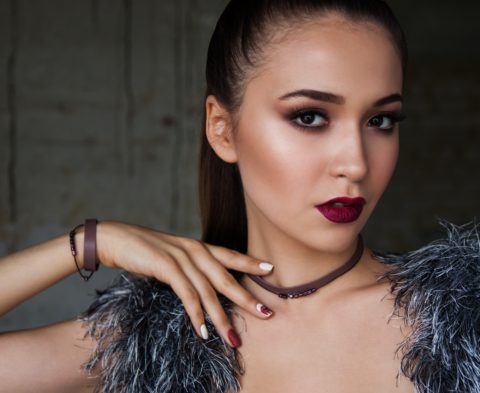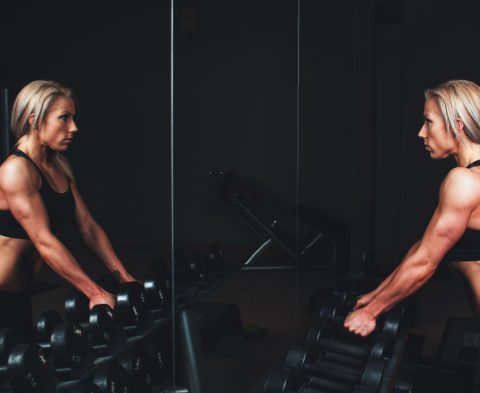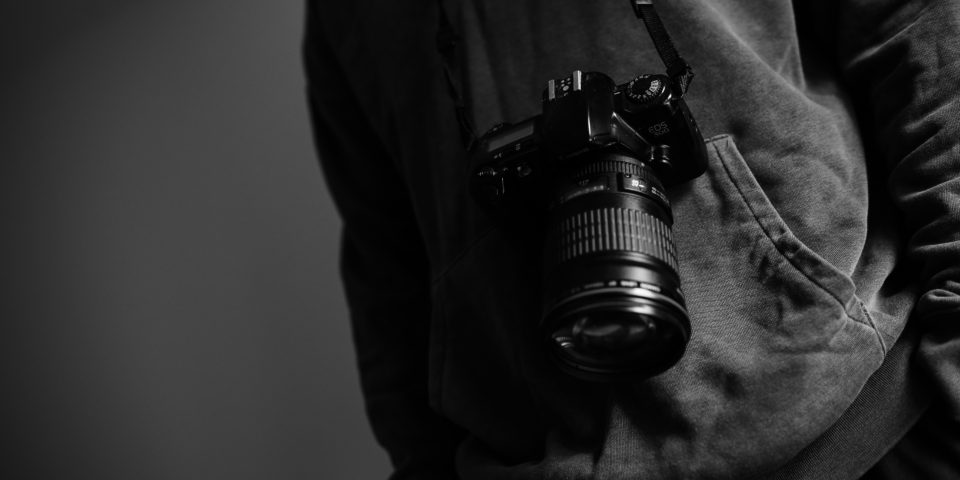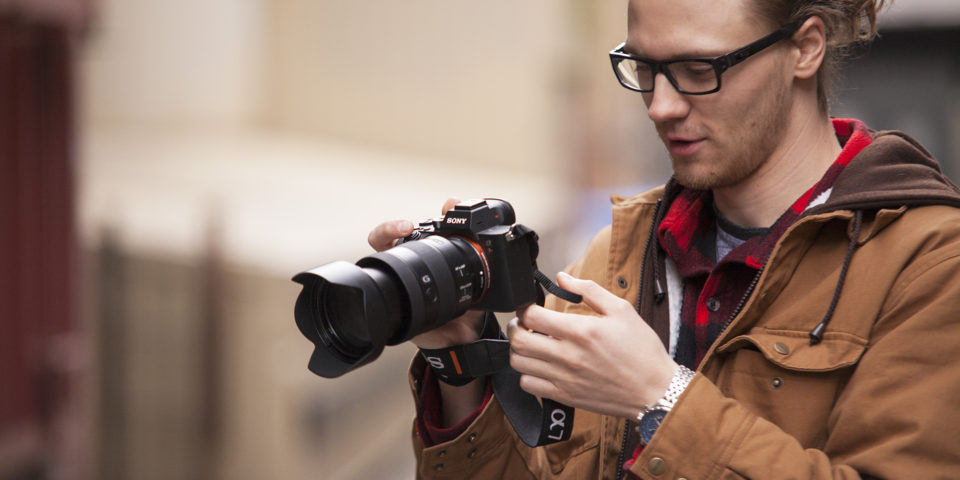For professionals, and particularly for aspiring professionals, the selection of the right studio strobe system has a long-term impact. Not only is your choice defined by a brand, it also defines the mount of all your light shaping tools, whether you are bound to AC power, whether you use an external generator or battery pack, or whether your lights are self-contained. Studio strobes also change the game for stands and supports, as well as the size of supportable light shapers.
Schools of Thought
There are, unsurprisingly, multiple schools of thought when it comes to strobes. School one says buy your last family of strobes first, so all your investments fall in line, and as your deliverables change, you do not have to start over. School two says, buy the least expensive you can, based on your needs now, and be prepared to replace the lights later. As a working pro, I’m going to focus on school one because in the long run, it is the least expensive and the most effective.
Question 1: Where Will I Use My Strobes?
Strobes used to be enormous and weighty propositions, hence the “studio strobe” phrasing. Today’s strobes are lighter and much more portable, so the real deciding factor is whether you will always need AC power to save a bit of money and weight, or go with a battery system that will cost a bit more, be a bit heavier, but be more location flexible. Only you can answer the question based on use cases, but if the honest answer is “I don’t know”, a battery-based option may make more sense long-term.
Question 2: Pack and Heads or Monolights?
The initial release of strobes used a physical box connected to the mains, or a large battery, and then had cables that ran to individual heads. The generator or battery would support between 2 and 4 heads typically, although very large systems were and are available that support more heads. A head is a very small, very light, contained flash tube. Monolights are by design, self-contained. Whether AC or battery based, everything is built into one piece. The power system, the output control and the flashtube are all built into a single unit that looks a bit like a short cannon. Monolights are heavier and larger, but eliminate the need to run cables from a central pack. Again, your use cases will determine which works best for you, but in the case that your answer is “I don’t know”, consider erring on the side of monolight design.
Question 3: How Much Power Do I Need?
The simple answer in this case is “all of it”. More power means more weight, and at some point, it also means AC supply only, as batteries just don’t have the oomph. Even the smallest strobe at around 250 Ws will have 5 times the power of the average speedlight. Power doesn’t just mean greater range. Perhaps more importantly it means much faster recycle times. We can purchase adapters to hold multiple speedlights in a single place, but the cost of these adapters plus 3-4 speedlights is going to be more than a single strobe kit. It doesn’t make financial sense. Strobe power is generally measured in the standard watt-second or joule system. If a speedlight averages 50 watt-seconds (and the top line ones do), even a small strobe gives you a lot more power. Strobes come in different output capabilities with 500 Ws, 1000 Ws, 2400 Ws and even 4800 Ws commercially available. More output costs more, and also makes for a weightier enterprise. 500 watt-second strobes are a good place to begin if you do not know your particular needs. All strobes also have variable power control, usually over a 6 to 10 stop range. Variable power gives a level of fine control not seen in speedlights. In my work, I have strobes at 250 Ws (battery), 400 Ws (battery), 500 Ws (battery), 500 Ws (AC) and 1000 Ws (AC). When I have needed more power, I have rented for the shoot.
Question 4: Manual Only or TTL plus Manual?
With the exception of a few cameras, most anything that we shoot today has the capable to meter flash off the sensor plane, in exactly the same way that the traditional light meter measures ambient light off the sensor plane. One of the elements that makes a speedlight so attractive is that one mated to your camera electronically will be both TTL or manual flash;your choice. Historically, strobes were only ever manual, although in recent years, some of the makers have embraced TTL as an option. This does require a dedicated controller for each camera brand, but this is no different from using a speedlight off camera. In 2017, it seems kind of silly not to get TTL if it is available. Manual flash is reliable and has worked for decades, but it is a process, albeit a straightforward one to get to the right exposure. With TTL, your odds of a good exposure on the first shot are excellent.
Question 5: What Brands Should I Look At?
This is driven by which school that you wish to follow. Coming in at the low end are a number of units built offshore that can do a very decent job, and they may even have TTL. Most often their light shaper mount is the S-Ring system developed by the now sadly defunct Bowens company. This is the most common mounting system around because many makers use it and it is reliable and easy to use. Some very popular systems do not carry CSA certification and are not sold in Canada but get imported by individuals. Just be aware that if you have a fire and a non-CSA approved device is found, your fire insurance will go invalid in most all cases.
I said at the outset that I was going to stick with the first school. I was sad to see the demise of Bowens because they delivered excellent value for the money, but were a bit technologically behind the curve. Since this article is written on behalf of Henry’s, I will confine my thoughts to products that this excellent seller provides. The two true professional lines that Henry’s carries are Profoto and Broncolor. Neither is going to be cheap, but both are true pro level products and are built for a lifetime of use. I have shot both for years and think both are great. I am now primarily a Profoto user, although I own other products, because of the advantage of being able to leverage TTL as needed. Broncolor makes wonderful units, but at time of writing, TTL was not available.
Question 6: What About Light Shaping?
The strobe delivers the power, the colour and the consistency. The light shaper defines the quality and the direction. I know of lots of people who buy really good lights and then cripple them with cheap and crappy light shapers. For those choosing an S-mount system, there are still lots of Bowens light shapers about. Grab them while you can; the quality is superb. If you choose Profoto or Broncolor, you’ve made an investment. Don’t wreck the light with some web only junk that won’t stand up. A Profoto soft box or reflector will cost more than a third-party one and will be worth every penny. It will last for decades, if you just take reasonable care of it. I have a client who was thrilled to get a 4’x6’ soft box for about $100 online claiming a huge savings over the Broncolor brand. It was a great deal until the seams all separated on first assembly. She returned it and bought Broncolor. That was six years ago. That soft box gets used every week and is set up and torn down regularly.
When moving to strobes, quality matters, and quality is not cheap. Quality also will outlast your current and next three camera bodies.
Until next time, peace.
